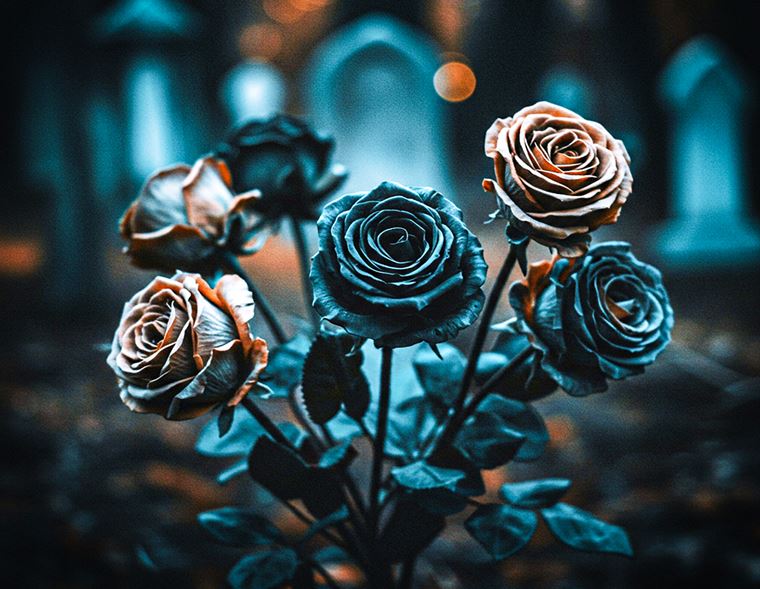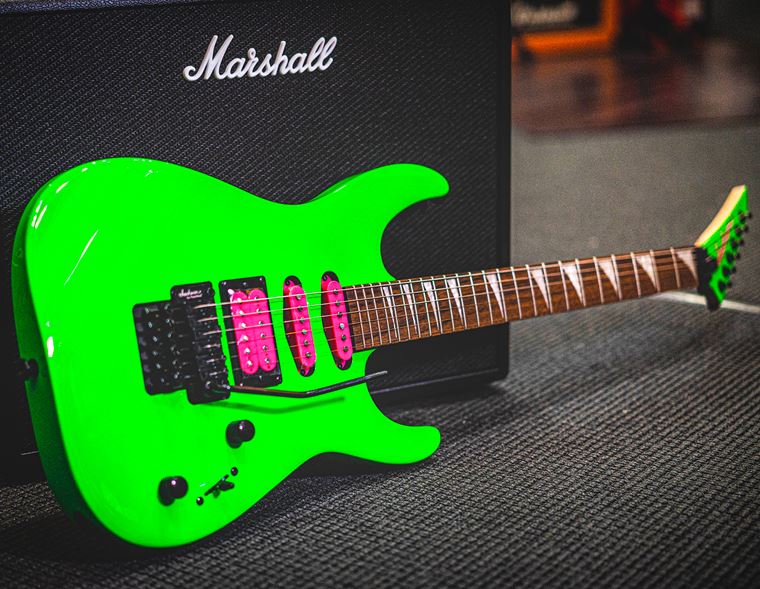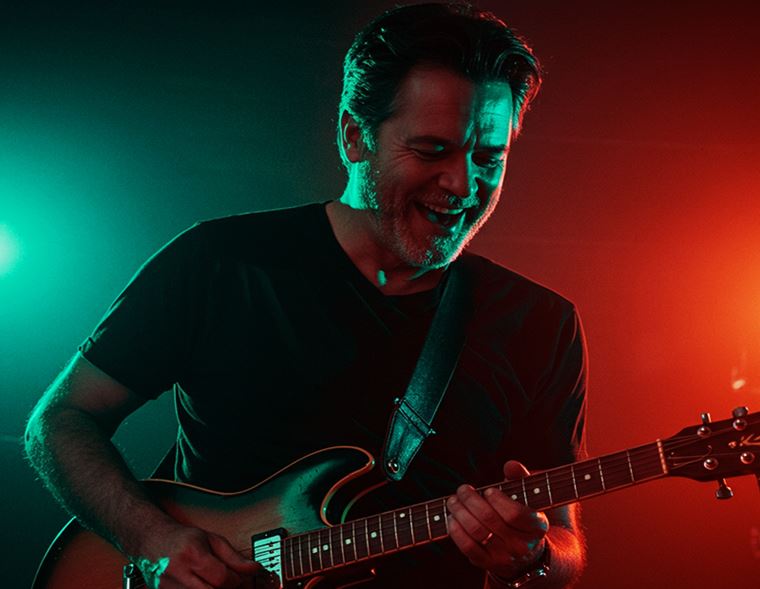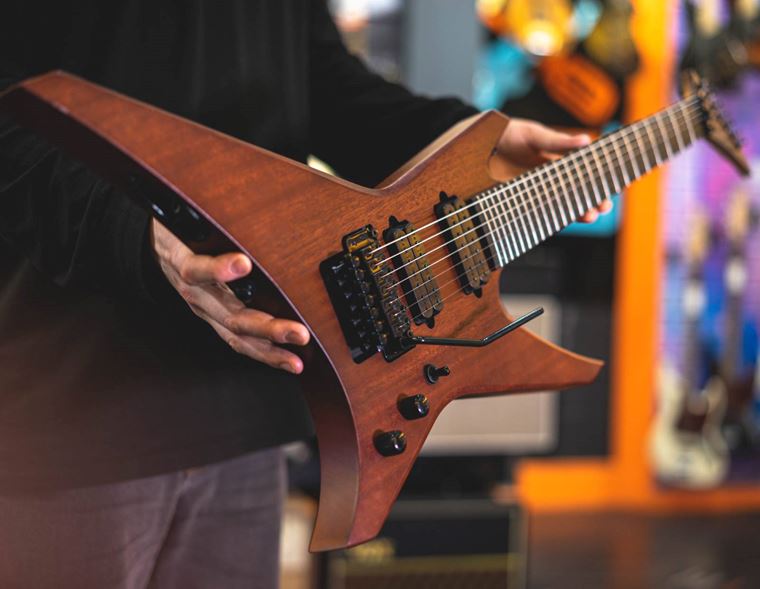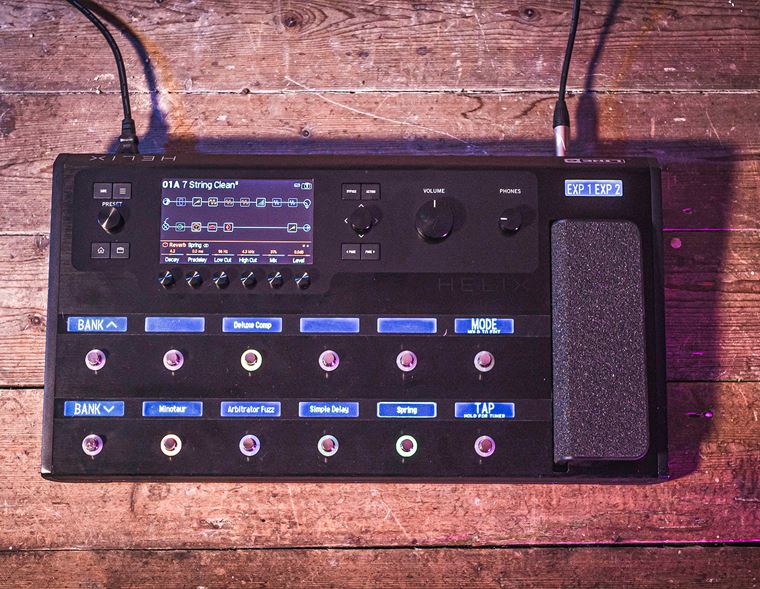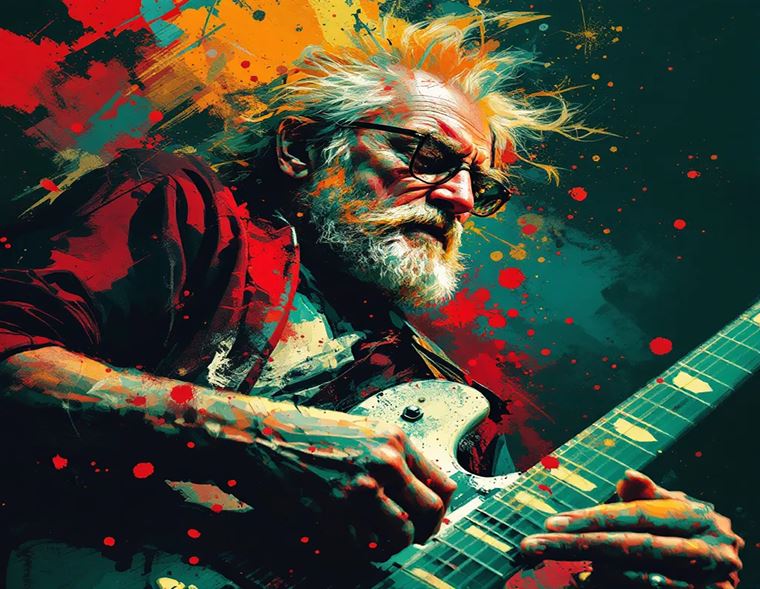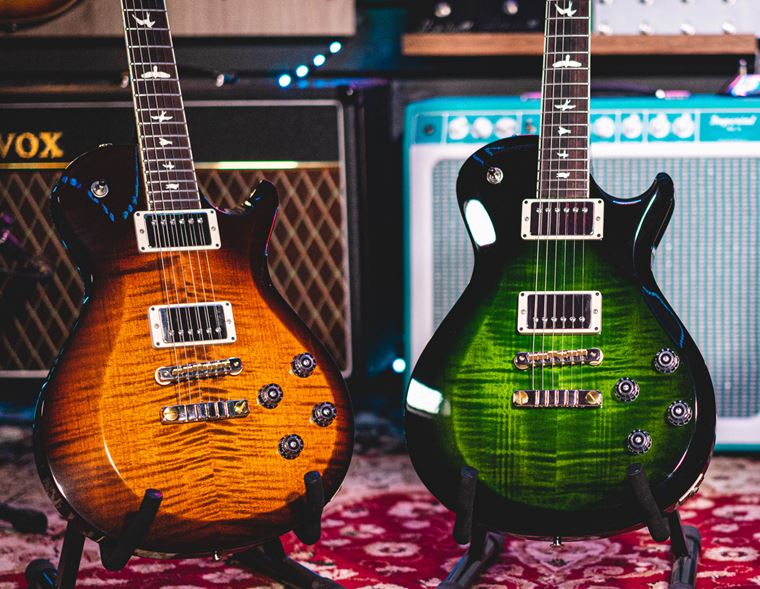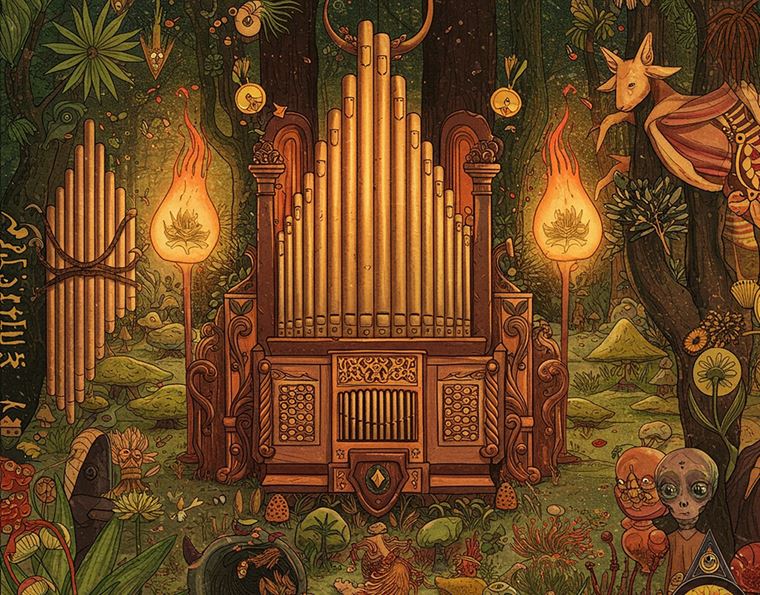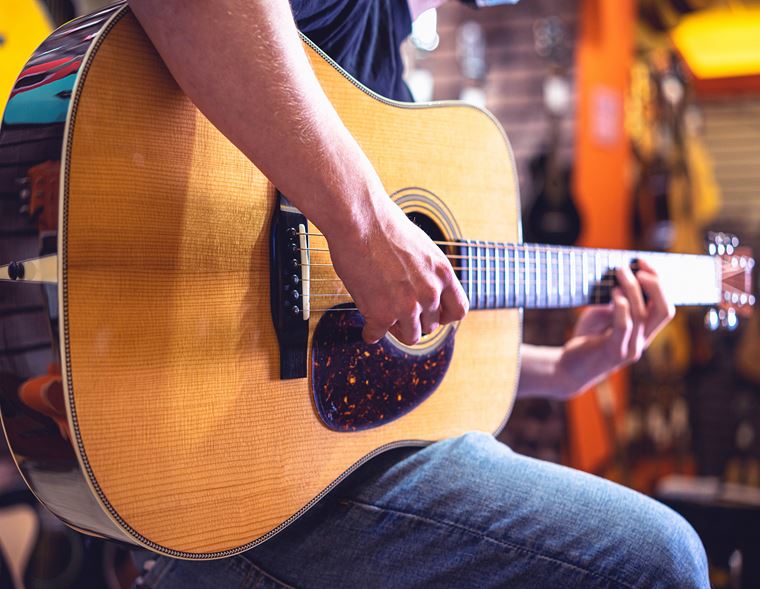ESP LTD: The Ranges Explained
ESP: a household name for any hard rocker, with world-straddling metal acts like Metallica and Rammstein using them as their primary source of guitar firepower. We talk about ‘ESP’ but there are a number of different logos on their famous headstocks, aren’t there?
So, what is it with all of the sub brands? ESP also have LTD, E-II and a few more, not to mention ranges and models that we don’t even see here in the UK. What’s the story with all of this?
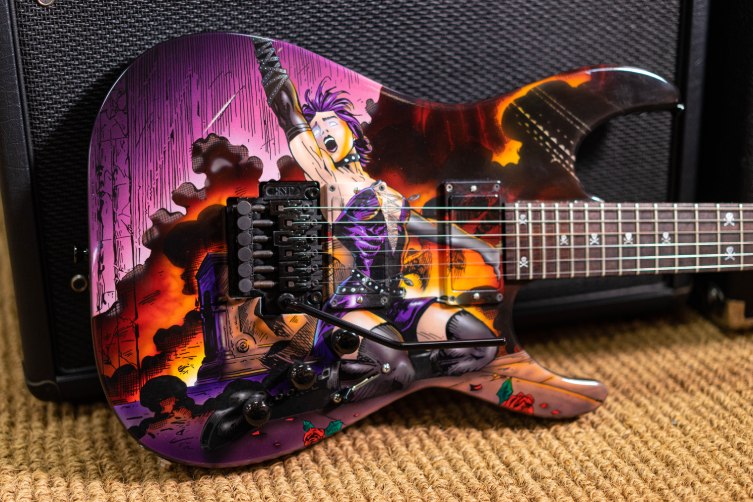
Worry not, friends. I’ve written this blog specifically to sort all of this out for you. I’ve sold a great many ESP guitars in my previous life as a salesman, and I’ve followed the brand since I was a greasy teenage metalhead, so they are more than familiar to me.
If you want to sort your E-II Horizons from your USA Eclipses, read on!
Contents
More Than Metal - But Still Metal
ESP in a Nutshell
So, we refer collectively to these brands as ‘ESP’ since that was the original brand name. It stands for Electric Sound Products and was actually a parts & repair shop in Tokyo back in 1975. Not long after, they began building guitars and selling those under the names ESP and Navigator.
By 1983, they’d set up in New York as well, and artists like Vernon Reid from Living Color were early converts (George Lynch was a very visible ESP fan, though he first encountered them whilst on tour in Japan).

The first ESP production line was the 400 Series. At the same time, ESP were being used to make parts for other well known brands such as Schecter and DiMarzio, believe it or not!
Obviously, Metallica proved to be a hugely influential band, and their heavy use of ESP guitars - EXP Explorer-style models for frontman James Hetfield and a range of Superstrats for Kirk Hammet - really put the brand on the map like never before.
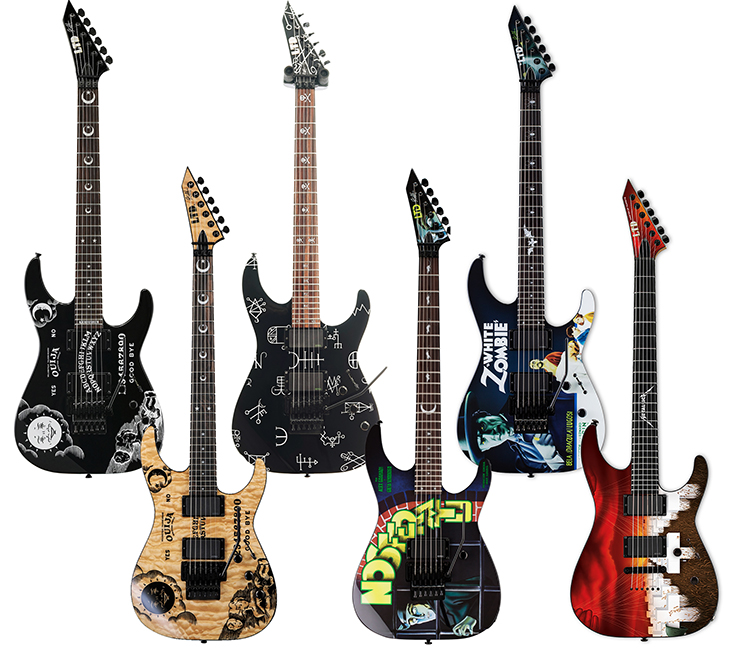
ESP moved from NYC to Sunset Boulevard, Los Angeles in 1993. This is when a lot of the Artist models started appearing, as well as an end to the building of OEM parts for other companies. Two years later, the LTD brand was set up to produce more affordable takes on their famous brands. This brought them their biggest and most enduring success, remaining the most popular ESP brand to date. I’ll go into each sub brand/range presently, but that’s the origin story for ESP!
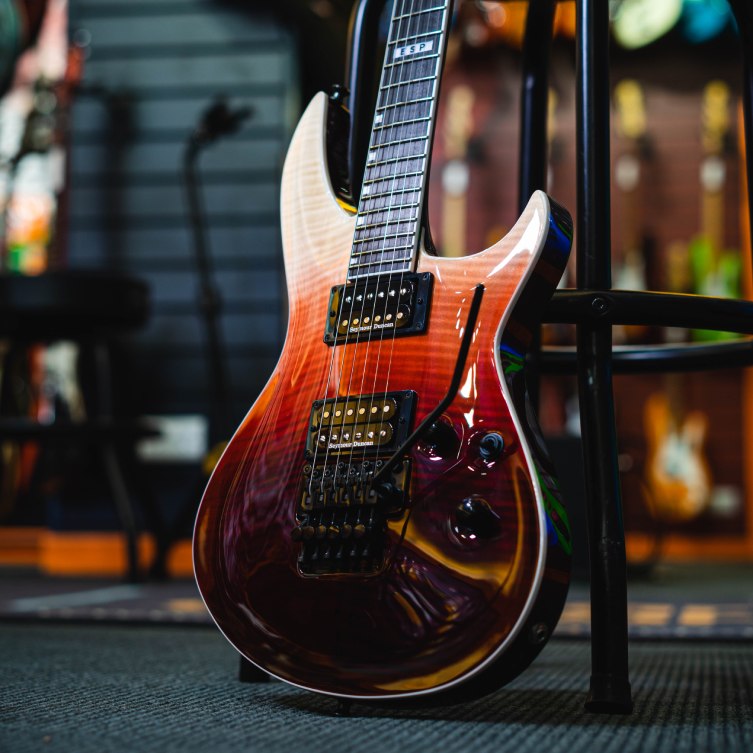
The ESP Ranges
So, it’s a little tricky to be definitive here, and the only reason for that is that ESP themselves have shifted the goalposts somewhat. In the past, the high quality Japanese and Californian guitars were known as ESP. Custom shop stuff was ESP. Everything else was LTD as far as the UK, the US and Europe was concerned.
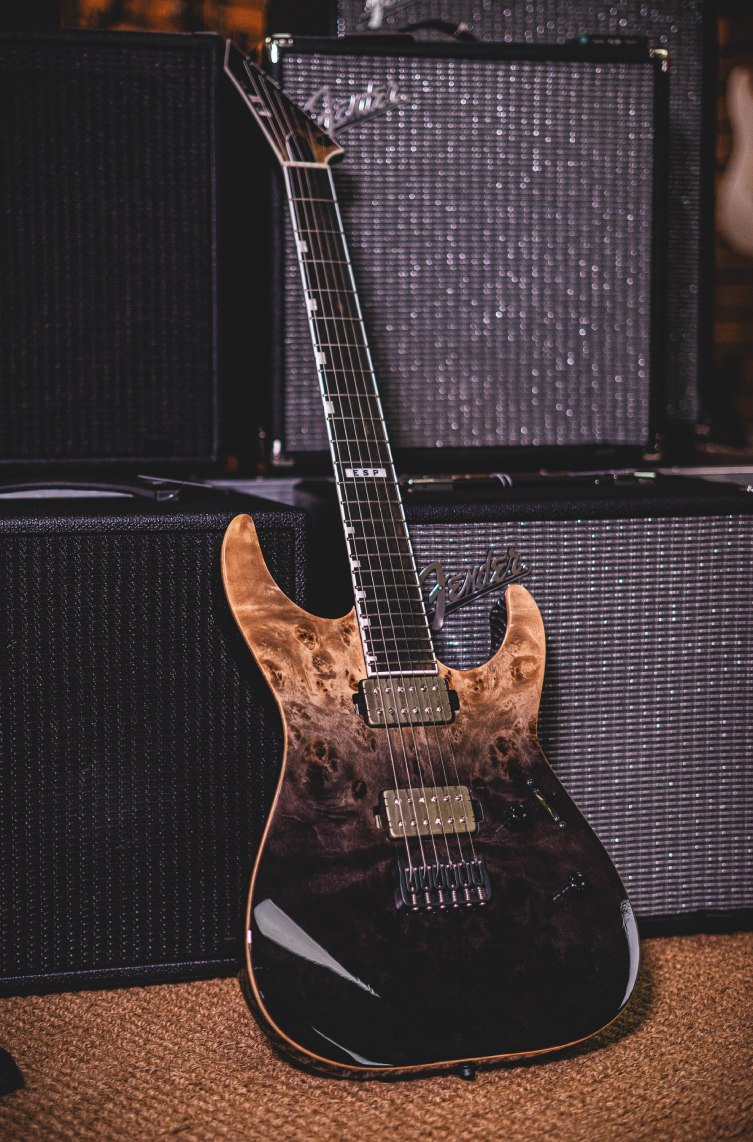
As I mentioned previously, ESP had sub brands like Edwards, which were not (normally) available over here in the West.
Things are different today. Here’s the breakdown of the brands as they look today:
- ESP Original Series: Hand-made pieces from the Tokyo workshop. Highest level production guitars. Some Custom pieces are made here too. Best of the best from ESP.
- ESP USA: Hand-made guitars from the American headquarters in Los Angeles with lots of customisable options.
- E-II: the new name for what was once the straightforward Japanese ESP brand. Japanese-made, described as a bridge between LTD and ESP Original Series. The quality is outstanding, frankly.
- LTD: Licensed designs built in Indonesia, South Korea and Vietnam, in a number of different facilities. Production line guitars available in several ranges, which I’ll explore in the next section.
- ESP Grass Roots: This was ESPs first line of more affordable guitars, and was replaced in the West by the LTD brand. Grass Roots is still occasionally used in Asia for cheaper iterations of ESP favourites.
- Edwards: A Japan-only range that sits roughly in the same price area as mid-range LTD guitars. Some Edwards guitars are very close to those of other brands!
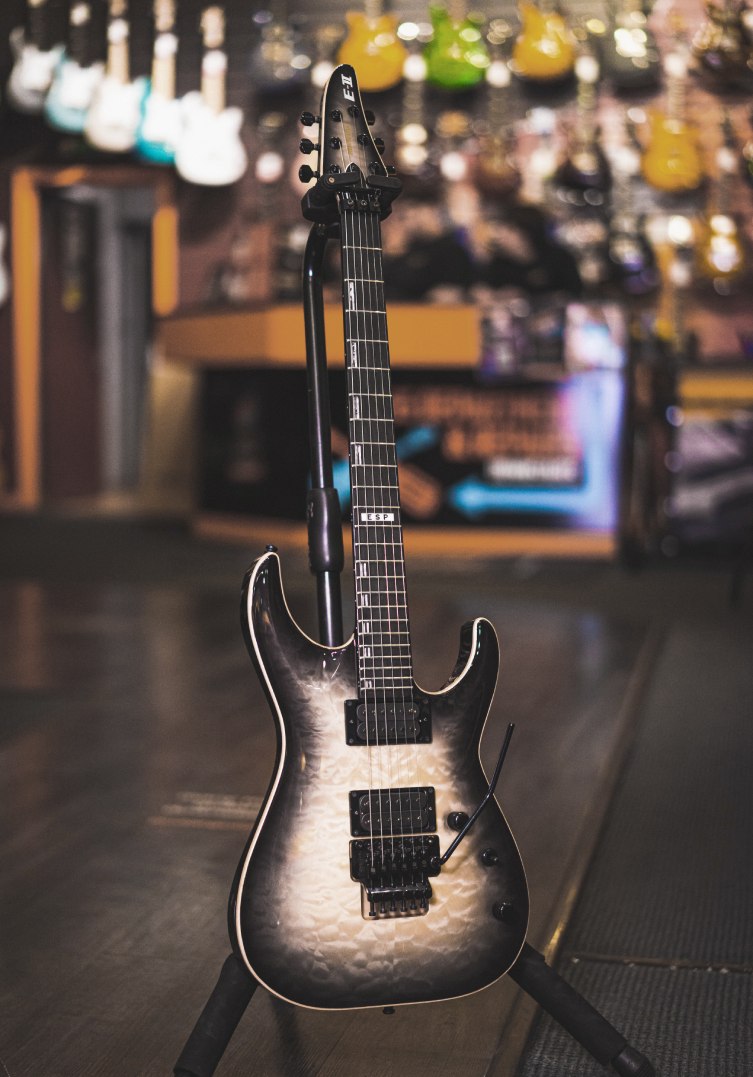
LTD
So, LTD is the most popular and often-seen part of the ESP brand. Prices range from really quite reasonable to pretty expensive, so they obviously aren’t all the same.
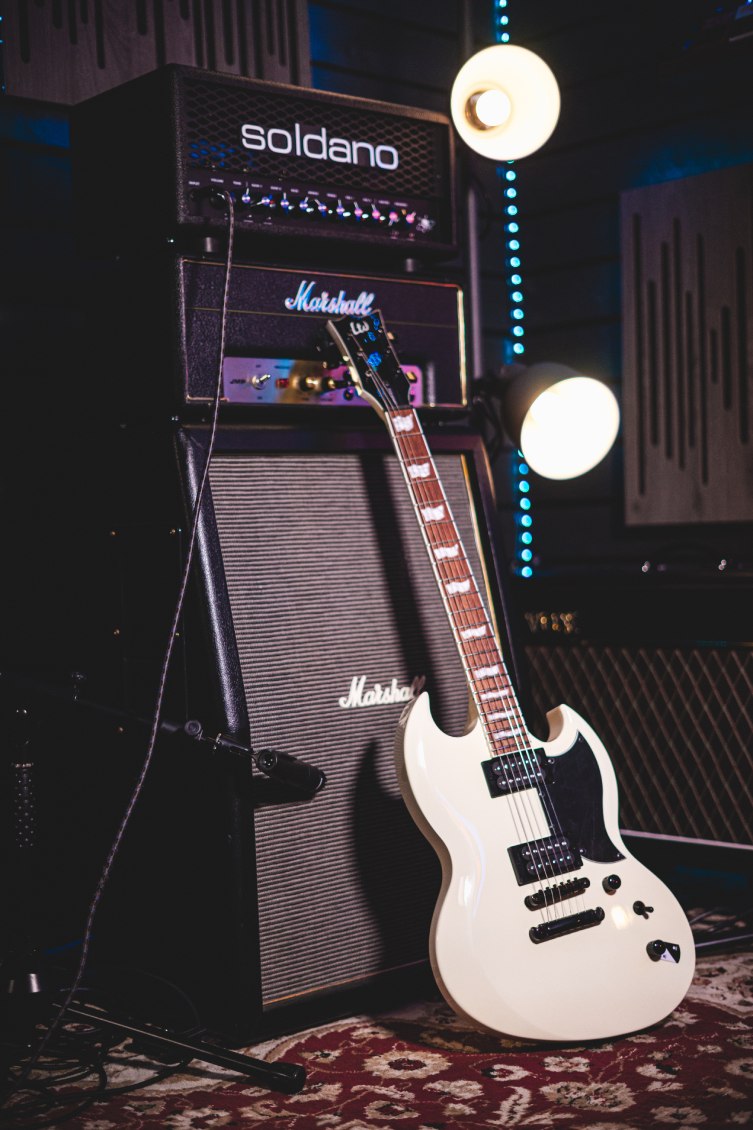
There’s a rough numeric code to the model names and this should help you to know, at a glance, what you’re dealing with. It goes a bit like this, with the Eclipse (EC) design being kept in mind for comparison, since it’s available in every tier:
- 200 series (201, 256 etc): the most affordable LTD models, with ESP-designed LH-150 pickups, LTD tuners and Jatoba fingerboards for the most part. Certain models vary depending on their design. The EC-256 has a mahogany body and set neck, with binding on the body and fingerboard, so it’s still a fairly ‘developed’ guitar. These are mostly made in Indonesia, with certain models (often the Telecaster-like ‘TE’ models) hailing from Vietnam.
- 400 series (401 etc): Upgraded hardware and materials, so fingerboards often become Maccaser ebony, pickups become EMGs and other quality brands, and tuners are from Grover. The 400 series guitars can include figured/quilted tops (the EC-401QM, for example) as well as certain special models like the Black Metal models, which are matt black and have a single pickup. 400 series LTD models are made in Indonesia.
- 600 series: this number is only used for Artist models, though artist guitars can occupy other numbers too. For example, there is no such model as an LTD EC-600: you’d choose an EC- 401 or an EC-1000, but you can get a Kirk Hammett KH-602 and a KH-202. Only certain artists get signature models that populate multiple ranges.
- 1000 series: perhaps the most popular range, since they are an excellent mix of professional quality & spec with a price that’s reasonable. LTD 1000 Series guitars are made in Korea. Here is where you’ll see upgrades such as Fishman Fluence pickups, Evertune & Tonepros bridges, stainless steel frets and more. After this point, the next step up is to the Japanese E-II range.
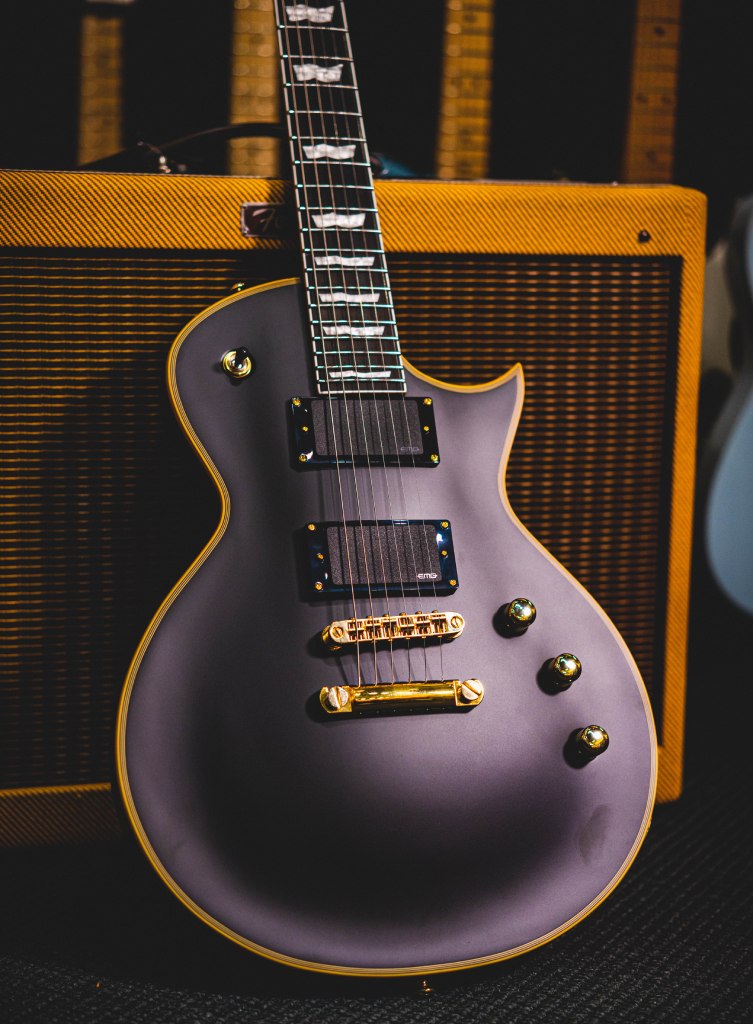
Across all ranges, the actual offering differs between what’s available in the West and in the East. A Strat-style ‘Snapper’ guitar, for example, is rarely seen over here; this is true of the hugely distinctive ‘Forest’ model too, and a great deal of the more eccentric and outre artist builds for Japanese rock stars. These are definitely worth a Google, by the way!
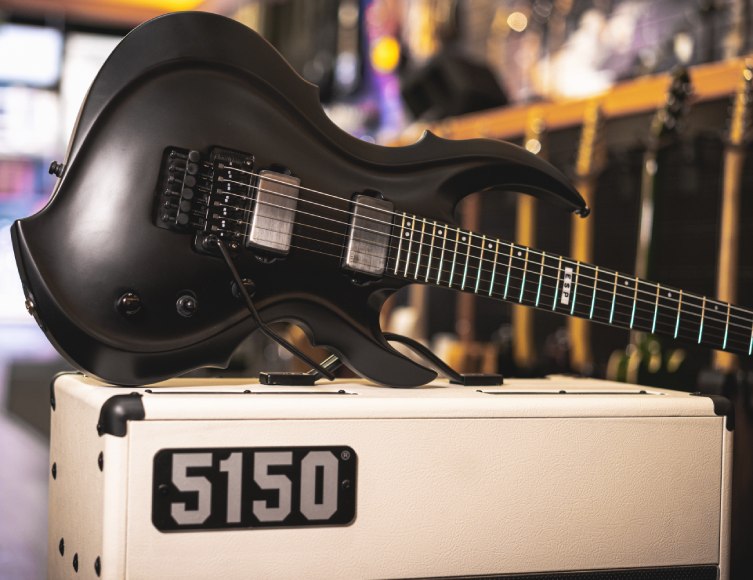
More Than Metal - But Still Metal
Of course, since the world’s biggest metal bands all seem to pay ESP, that is where their brand focus mostly resides. That said, they do produce a signature guitar for Ronnie Wood! Their TE models have proven perennially popular (where the comparative Strats models maybe haven’t) and of course, the Eclipse is there for anybody wanting an excellent LP-type guitar. So yes, more than a hard rock brand indeed, but very much still the leader of the hard rock brands!

ESP have become one of the most significant guitar brands in the world, so if you haven’t yet had the pleasure of seeing how they fit into your world, I invite you to mosh your way to your nearest guitarguitar, line up a selection and unleash hell!
Click to Browse our ESP Guitars



